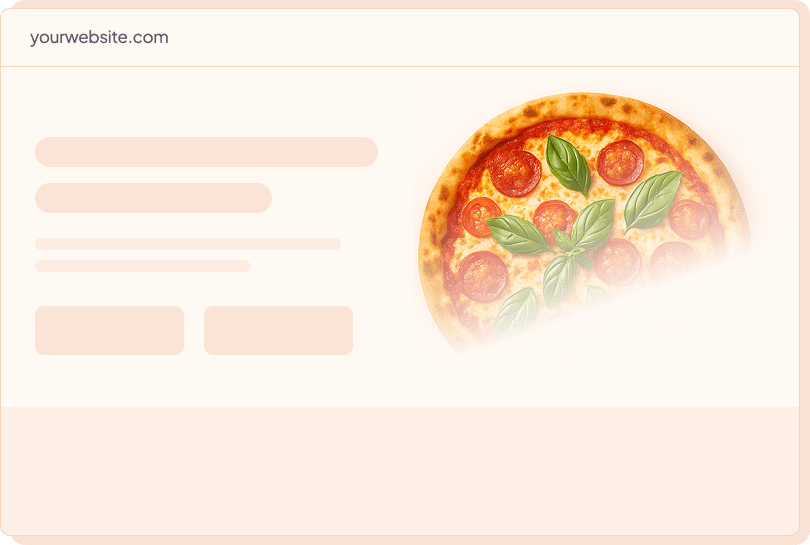AI Chatbot for your site
Noupe AI chatbot instantly learns from your website and uses that knowledge to answer visitor questions — automatically.It’s free. No credit card required.

Key features that power your business
Noupe is packed with customer service–ready features designed to reduce support workload while improving customer experience.
Learns from your website content
Noupe reads your public pages and builds an answer base automatically.

Instant setup, no coding required
Grab your embed code and drop it into your site. That's all Noupe needs to get to work.

Knowledge Base
Train Noupe with your own content. Add documents and Q&A so your Noupe can answer with your knowledge.

Customization Options
Make Noupe fit your site. Adjust size, alignment, color and avatar for a seamless look.

Custom First Message
Set a custom first message that greets visitors in your tone. Make Noupe’s first impression feel just like your own.

Get conversations
Every conversation is sent to your inbox in real time. See what customers ask and follow up fast.

Multi-Language support
Noupe detects each visitor's language and answers automatically.

Why you will love Noupe
Noupe is the easiest way to deliver automated customer support using AI. Just enter your website URL, and Noupe builds a chatbot that understands your business.
Launches in minutes — no code, no training
Works in every language, on any website
Sends conversations directly to your inbox
100% free until 2026